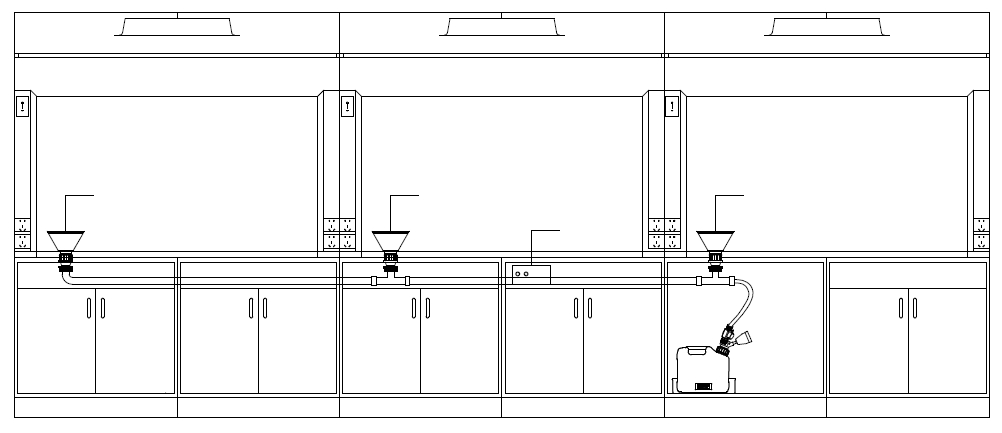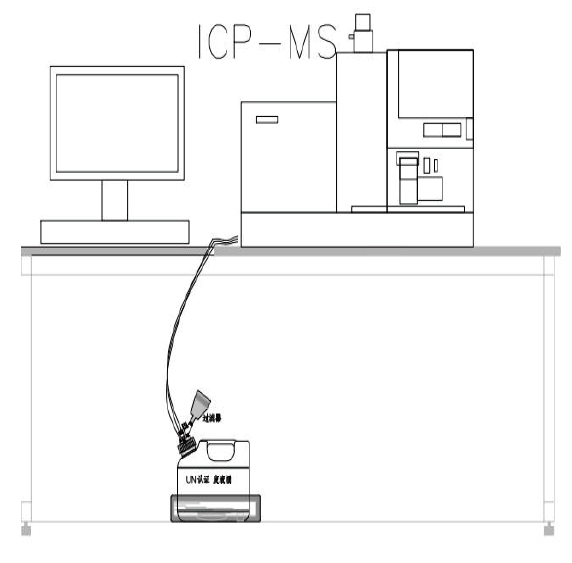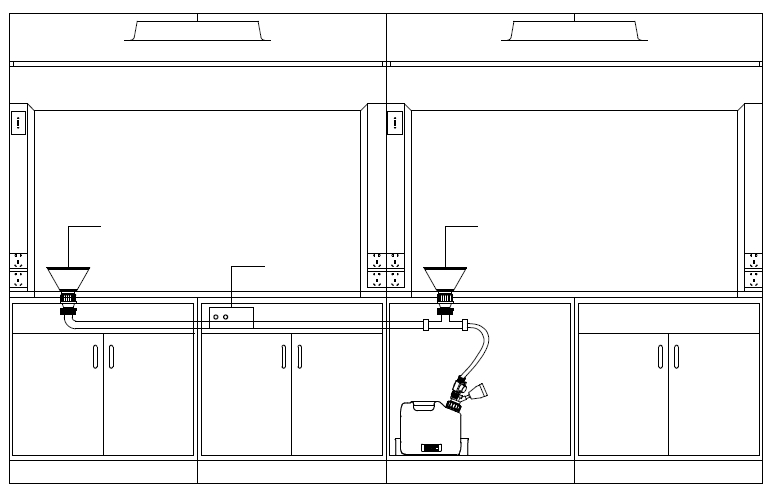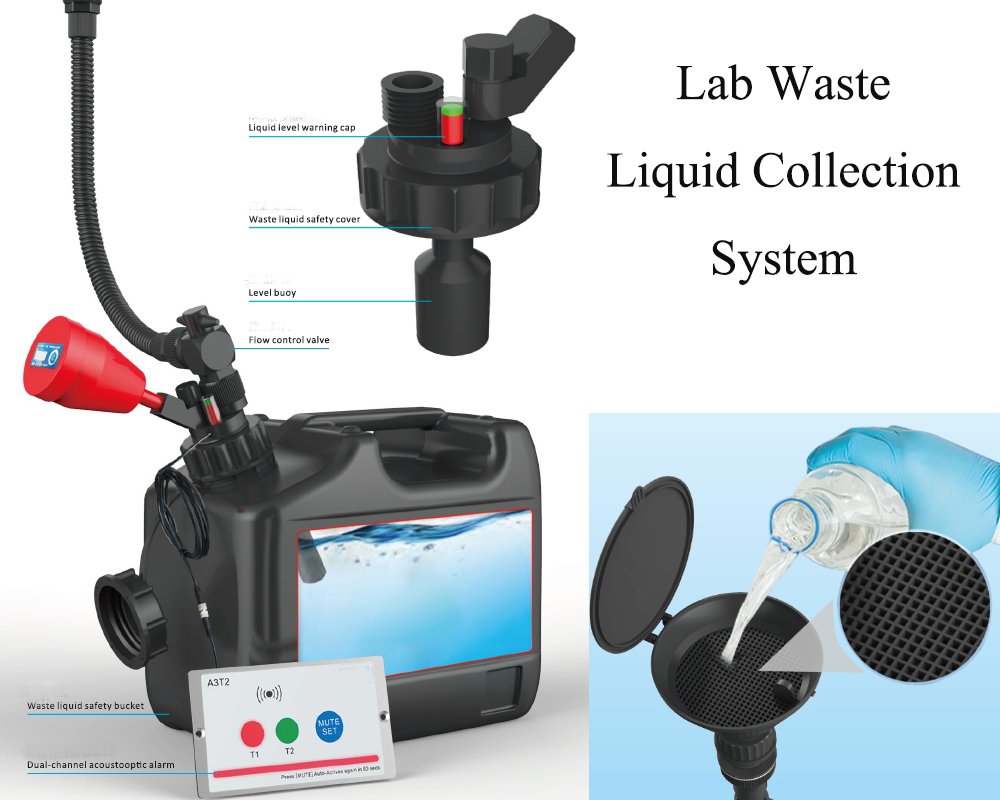Table of Contents
Managing waste liquids in a laboratory setting is a crucial aspect of maintaining safety, efficiency, and compliance with environmental regulations. In this article, we’ll explore why proper lab waste management is essential, the equipment you can use, how to choose the right system, and other key factors in setting up a waste liquid management system.
Why You Need To Manage The Waste Liquid In The Lab?
Every laboratory produces waste, and liquid waste can pose serious hazards if not properly managed. Lab waste containers help prevent chemical spills, reduce contamination risks, and ensure that hazardous materials are disposed of safely. Improper handling of waste liquid can lead to accidents, regulatory fines, and health risks for laboratory staff.
Whether you are working with chemicals, solvents, or biological waste, using an efficient Liquid Waste Collector can streamline your waste management process. It keeps your lab environment safe, reducing the chances of spills or exposure to harmful substances. By using proper collection systems, you’re also meeting environmental guidelines for proper disposal of hazardous materials.
What Equipment You Can Use In The Lab To Collect The Waste Liquid?
There are various types of equipment designed for waste liquid collection in laboratories. The key is to use systems that are specifically tailored to lab environments:
- Lab waste containers: Designed for the temporary storage of hazardous waste liquids, they come in various sizes and materials, depending on the type of liquid waste.
- Waste Liquid Collection System: An advanced system equipped with automated features like real-time monitoring, overflow alarms, and liquid level detection. These systems make it easy to manage waste, especially in high-usage labs.

- Liquid Waste Collector: This equipment offers seamless collection and disposal. It includes safety features like dual-container switching, ensuring uninterrupted waste management.

How Do I Choose The Waste Liquid Equipment?
Selecting the right equipment for your laboratory depends on several factors:
- Volume of liquid waste: Consider how much waste your lab generates daily. For high-volume labs, an automated Waste Liquid Collection System with multiple containers and real-time monitoring may be the best choice.
- Type of liquid waste: The composition of your waste liquid (chemical, biological, etc.) will dictate the material and design of the container. For instance, strong chemicals may require corrosion-resistant materials like polypropylene or stainless steel.
- Safety features: Prioritize equipment with built-in safety mechanisms like overflow alarms, sensor-based monitoring, and automatic container switching to ensure that waste management is both effective and safe.
By understanding your lab’s specific needs, you can invest in the most suitable equipment to streamline your waste management process.
What Else Do I Need To Plan For Waste Liquid Management System Setup?
Once you have chosen the right equipment, there are additional factors to consider when setting up your waste liquid management system:
- Storage space: Ensure that your waste liquid containers are stored in a well-ventilated, safe area. It’s essential to have a dedicated space to avoid contamination and ensure ease of access.
- Training staff: Your lab personnel must be trained in proper waste handling procedures, including the use of the Liquid Waste Collector and adherence to safety protocols. This reduces the risk of accidents.
- Regular maintenance: Keep your waste collection system running smoothly by performing regular checks and maintenance. Replace full containers promptly and ensure that sensors, alarms, and monitors are in good working condition.
By planning ahead, you can avoid potential hazards and ensure the long-term efficiency of your lab’s waste liquid management system.
Conclusion
Setting up an effective waste liquid management system in your lab doesn’t have to be overwhelming. With the right lab waste container, Liquid Waste Collector, and Waste Liquid Collection System, you can ensure that your laboratory remains safe, compliant, and efficient. Be sure to select the right equipment based on your specific needs, train your staff, and create a comprehensive waste management plan that will protect your lab and its workers.
Ready to streamline your lab waste management? Contact us today to learn more about the best waste liquid collection systems for your laboratory.





